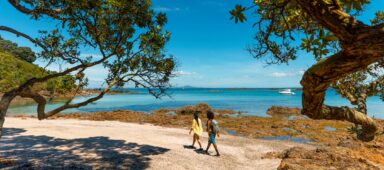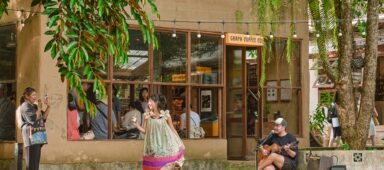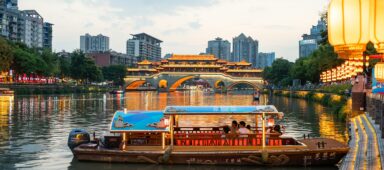Colourful, dramatic and ritual-rich, the Gawai Festival is the best time to immerse in Ibans longhouse traditions
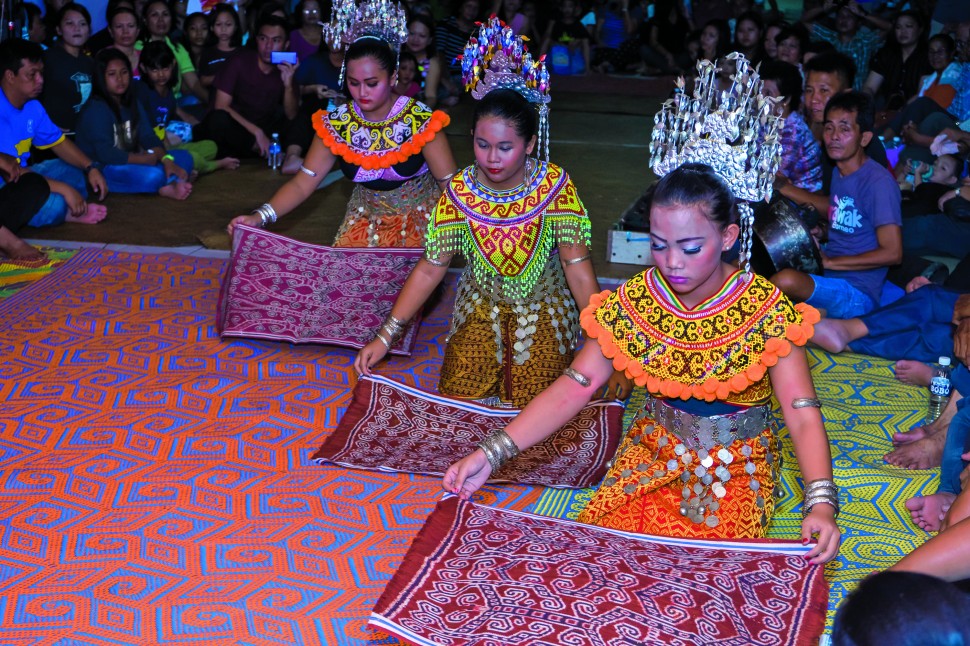
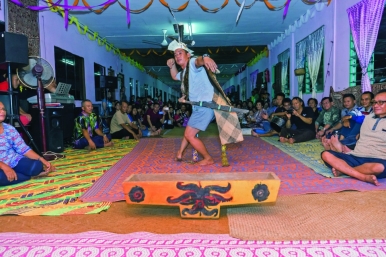
The crowd gathered in the longhouse erupts in applause as the Tuai Gawai (Festival Leader) rises to his feet. Looking resplendent in a hornbill-feathered headdress, tree-bark vest and earth-coloured loincloth, he executes a series of leaps and turns around the mangosteen tree set up in the middle of the longhouse; its branches are loaded with items, like a Christmas tree. Accompanied by energetic drumming, he draws his machete, chops off a branch and plucks off a bottle of tuak (home-brewed rice wine), not unlike an Iban warrior triumphantly parading his trophy.
I'm in Nanga Ukom, an Iban longhouse, to celebrate Gawai, and I've just witnessed the ranyai tree ceremony, a gift exchange rite that makes up part of the festival. Celebrated by the Dayaks – a collective name for Ibans, Bidayuhs and other ethnic subgroups that make up the largest indigenous community in the East Malaysian state of Sarawak – Gawai involves traditional rites performed by the elders, ancestral worship and much feasting to celebrate the end of the rice harvest and usher in a new year of bountiful goodness. Colourful, dramatic and exotic by turns, the Gawai Festival makes the perfect introduction to the unique longhouse lifestyle.
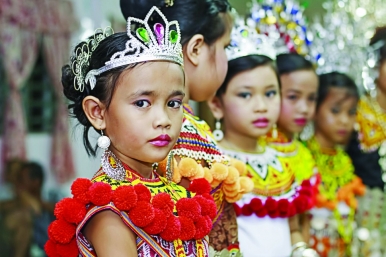
Traditionally hunters-gatherers and fearsome warriors who expanded their territories through warfare, Ibans settled near rivers and streams in communal dwellings known as longhouses – essentially a series of family apartments built on stilts. With modernisation, it's now common to find brick-and-concrete longhouses, especially near towns and cities. But more remote ones – which are not accessible by road – are still constructed from bamboo and wooden planks drawn from the forests in which the Ibans hunted. As with any self-contained social system, a longhouse has its set of rituals and laws called adat that govern every aspect of Iban life, from social interactions to family affairs and ceremonial occasions like Gawai.
Preparations start at least a month ahead. Floor mats are woven from mengkuang (screwpine) leaves, heirlooms are hung on the walls; the air is thick with the fumes of cooking fires, where traditional delicacies like pansoh (bamboo shoots stuffed with rice or chicken, then cooked over firewood) and tuak (home-brewed rice wine) are prepared. Centuries of living in the forest resulted in unique botanical knowledge that present-day Ibans still tap into. The mangosteen tree, for instance, is chosen for ranyai because its hardy branches can withstand even a one-kilogramme tuak bottle without breaking.

On the eve of Gawai, the longhouse population convenes. At midnight, the Tuai Gawai makes a toast to long life with tuak to percussion music. The ranyai tree ceremony follows, before the festival turns into an informal free-for-all with dancing, singing and drinking until dawn. The big day on 1 June starts on a solemn, intimate tone: Each family gathers in the living room to make offerings to the spirits in the form of piring, plates filled with food, which are hung in a basket until the end of Gawai. This ceremony is followed by tilik nasib (fortune-telling), in which two gunshots are fired – one to ward off evil spirits and another to entice the spirits to the offerings – before a purified pig is killed with a spear, and its liver removed and “interpreted”. A healthy organ portends good fortune for residents in the coming year.
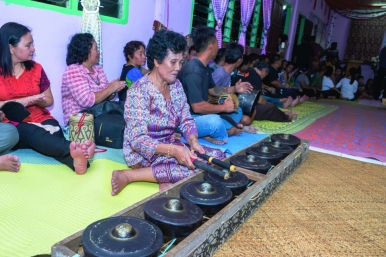
The festivities may continue for weeks with outdoor sports such as blowpipe competitions, tugs-of-war, cock-fighting – every longhouse celebrates Gawai its own way. Many weddings take place, as it is rare for all members of the community to assemble at the longhouse at any one time. On the first day of June, every longhouse is open to visitors. Food and drink are served to all amid joyful toasting and singing – making Hari Gawai a truly Malaysian open house.
Steeped with symbolism, the Gawai festival gives visitors a fascinating insight into a unique way of living. But for the Dayaks, their elaborate canon of rites and rituals means so much more, helping to foster positive values and preserve communal well-being and harmony.
For more information on the celebration, visit tourism.gov.my/media/view/gawai-dayak-festival.


